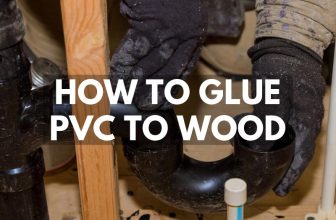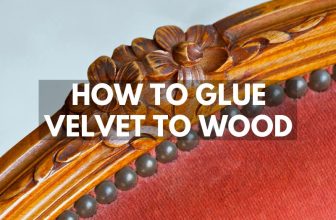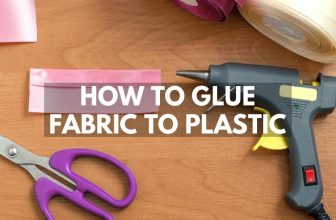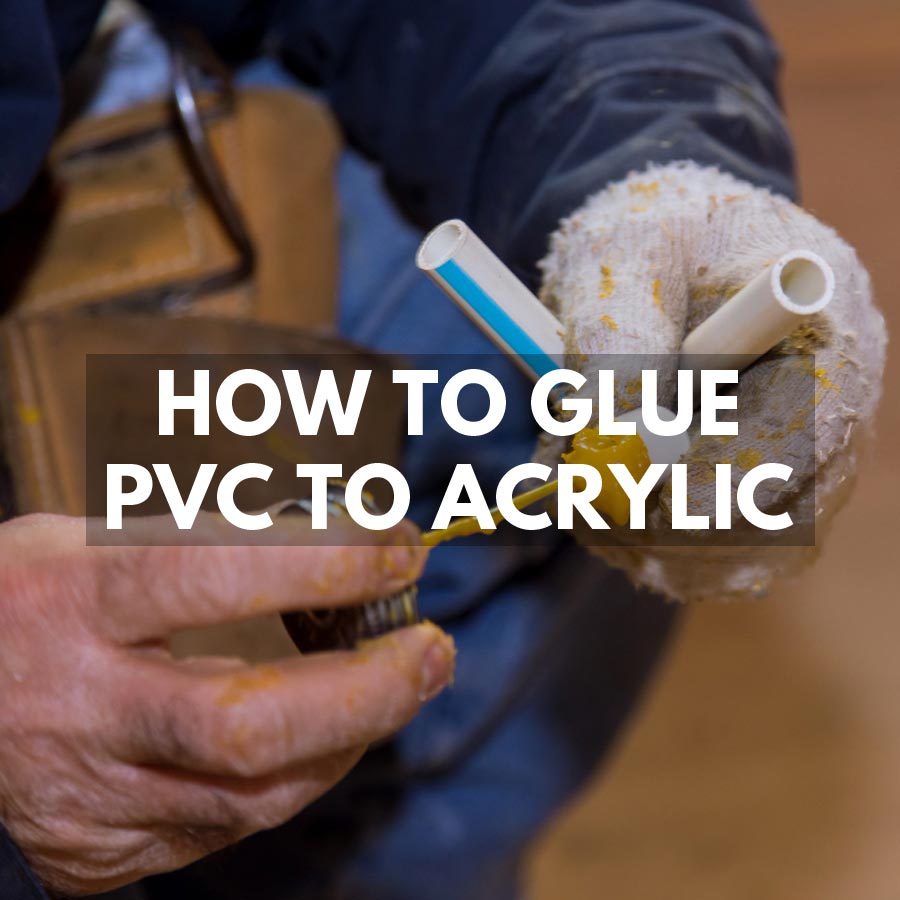
How to Glue Acrylic to PVC
You can learn how to glue acrylic to PVC in a few steps using our quick guide. Excellent adhesives for projects involving PVC and acrylic are plastic or PVC cement glue that fuses the two materials. To get the best result you should use a primer to prepare and soften the plastics.
Some of the most common projects for gluing acrylic and PVC involve pipe fitting, repairs, installation, or maintenance. You might be looking to add a new piping system to your home or fix a leak. No matter what you are attempting to do, plastic glues and acrylic or PVC cement provide a strong and flexible bond.
Plastics are different from wood or cement because they cannot be glued together in the traditional sense but instead must be fused using cement or plastic glue. Typical super glues or other standard adhesives may not provide a strong and lasting bond. Cement or glues designed for plastics cause a chemical reaction that essentially welds the two surfaces together.
Which Glue Should You Use for Acrylic to PVC?
Adhesives designed for acrylic, PVC, or plastic, in general, will provide a strong and flexible connection. Most of these will You want to use a product that is designed to “weld” the two pieces of plastic together into one piece. All of the options listed below are weather-resistant, waterproof, and meant for use on plastics which means they will be permanent.
If you want to temporarily adhere acrylic to PVC then you can use super glue.
PVC Cement Glue
PVC cement glue creates a strong bond that melds two pieces of plastic together over the course of several hours rather than simply gluing them in place. The cement is waterproof, weather-resistance, and many brands dry clear.
Epoxy Adhesive
Two-component epoxy adhesive does the same thing as cement adhesives by chemically bonding the two different plastics together. However, epoxy is often quite expensive and requires a controlled environment to properly apply.
Solvent Cement
Solvent cement mixes up a cocktail of various substances including filler, resin, solvents, and stabilizer. You can use this to remove remnants of old glue that might be clinging to the material and glue the acrylic to the PVC. The resulting seal is waterproof and long-lasting.
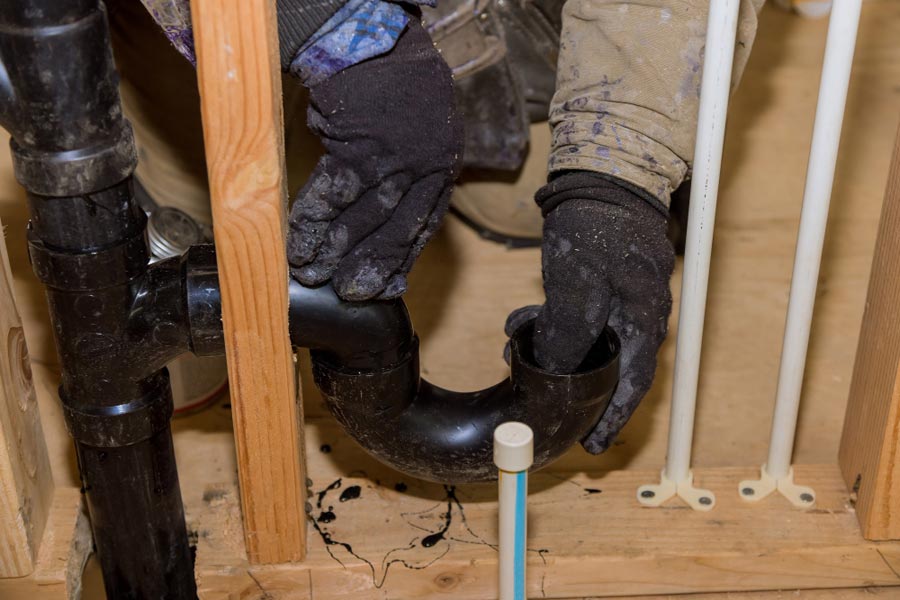
How to Prepare Acrylic and PVC Before Gluing
Always clean and dry the surfaces to remove any debris or grime before applying the adhesive. Depending on the nature of your project and what PVC or acrylic you work with, it might be necessary to rough up the surface to ensure the glue has something to grip. You can create a rough texture by scrubbing the plastic surfaces with a wool brush or sandpaper.
How to Apply Glue to Acrylic and PVC
Apply the acrylic evenly across both surfaces and allow it to get tacky before placing them together. Most adhesives designed for plastic do not dry immediately but the chemical reaction that fuses or bonds PVC and acrylic together begins quickly. You will want to have your pieces ready to be put in place as soon as the glue is tacky to the touch.
Quick Tip: use an even layer of PVC primer on both surfaces before applying glue or cement to increase the effectiveness and longevity of the bond. The primer softens the PVC or acrylic and starts the chemical changes that will cause the two pieces to successfully fuse together. When using cement meant for plastics the process works better when the plastic has already started to soften.
How to Cure Acrylic and PVC Glue
If you choose to use a primer do not allow it to dry before applying the cement or glue. The primer will only work if it is wet when you add the adhesive and secure the materials. Once you have everything glued and in place, you may need to use clamps to keep the materials from slipping or changing position.
Cure time will depend on several factors including humidity, temperature, and the type of glue or cement you choose to use. Always reference the manufacturer guidelines and directions before using any product to ensure the best result.
Conclusion
The best glue for acrylic and PVC is plastic cement or PVC cement. We recommend always using a primer to ensure that all previous adhesives are fully removed and to kickstart the chemical process that binds the two together.






